Do Nespresso pods expire? And how to tell if they have gone bad
Found a forgotten pack of Nespresso pods in the back of your cupboard? Here's the latest news on Nespresso shelf life


For nearly thirty years, Nespresso has been crafting the best single-serve coffee makers, allowing you to brew quick, delicious coffee right at home.
The convenience is largely due to their iconic coffee capsules, which come in a variety of flavors, origins, intensities and seasonal blends. But if you’re organizing your coffee nook and come across a stash of Nespresso pods from Christmas last year, you might be wondering: do Nespresso pods expire?
Here’s the latest news from Nespresso on whether their coffee pods can go bad, and how to keep your coffee tasting fresh.
Do Nespresso pods expire?
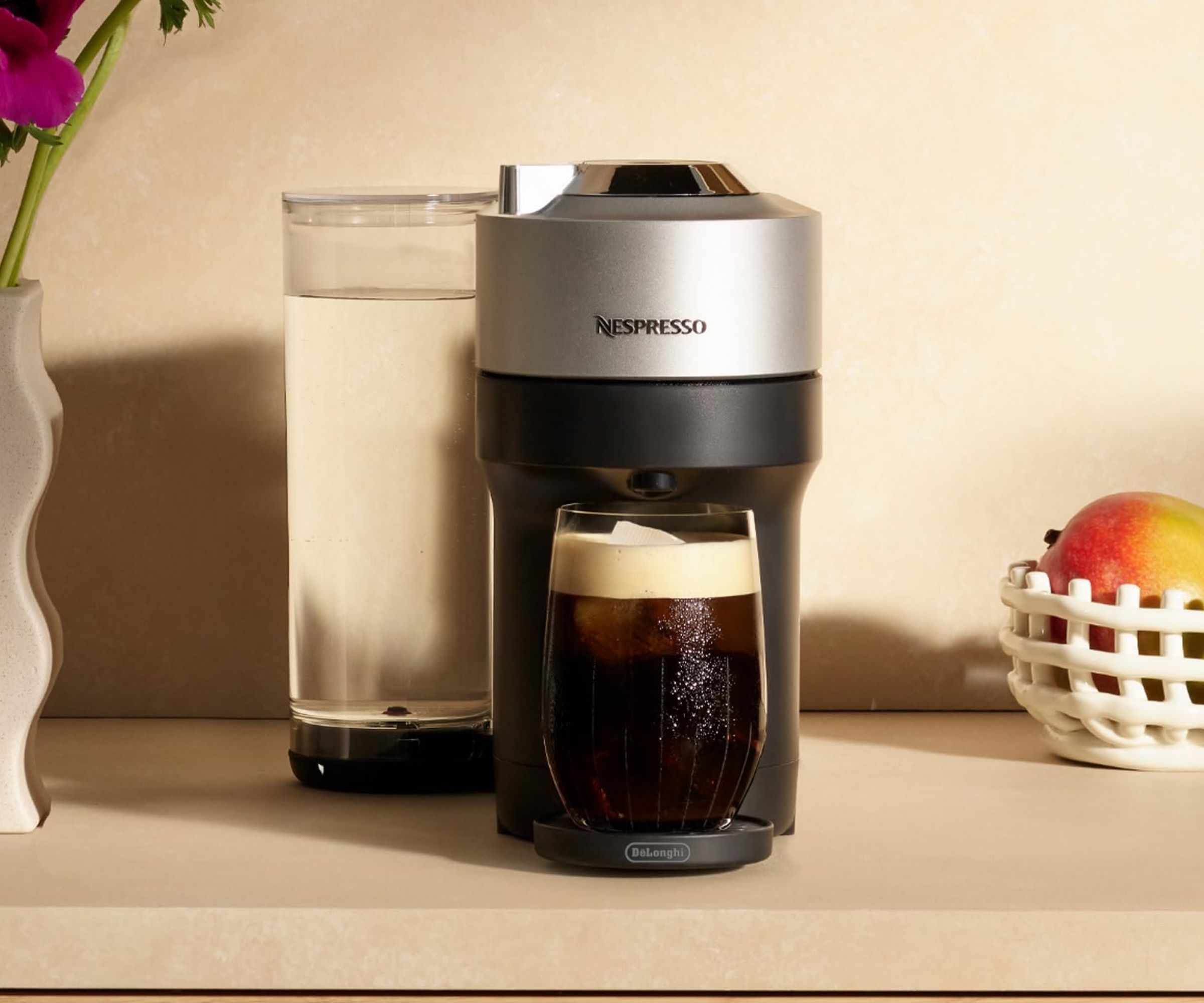
If you look at the base of your Nespresso packaging, it will be stamped with a 'best before' date. This is not a strict expiration date, but rather an indicator of how long the coffee inside the pod is expected to be at peak flavor and aroma.
If you're anxiously rifling through your Nespresso collection to check the dates, Nespresso have some words of comfort: 'Rest assured that it is completely safe to consume after the best before date. The date simply acts as an indicator of optimal freshness and flavor.'
Nespresso pods are designed with preservation in mind. The coffee is encased in airtight, aluminum capsules, which are engineered to lock out oxygen, light, and moisture (these elements can degrade the quality of coffee over time). While the coffee inside may lose some of its intensity or special flavor as time passes, it remains safe to consume as long as the pod’s seal is intact. For the best taste experience, it’s generally recommended to use Nespresso pods within a year of purchase.
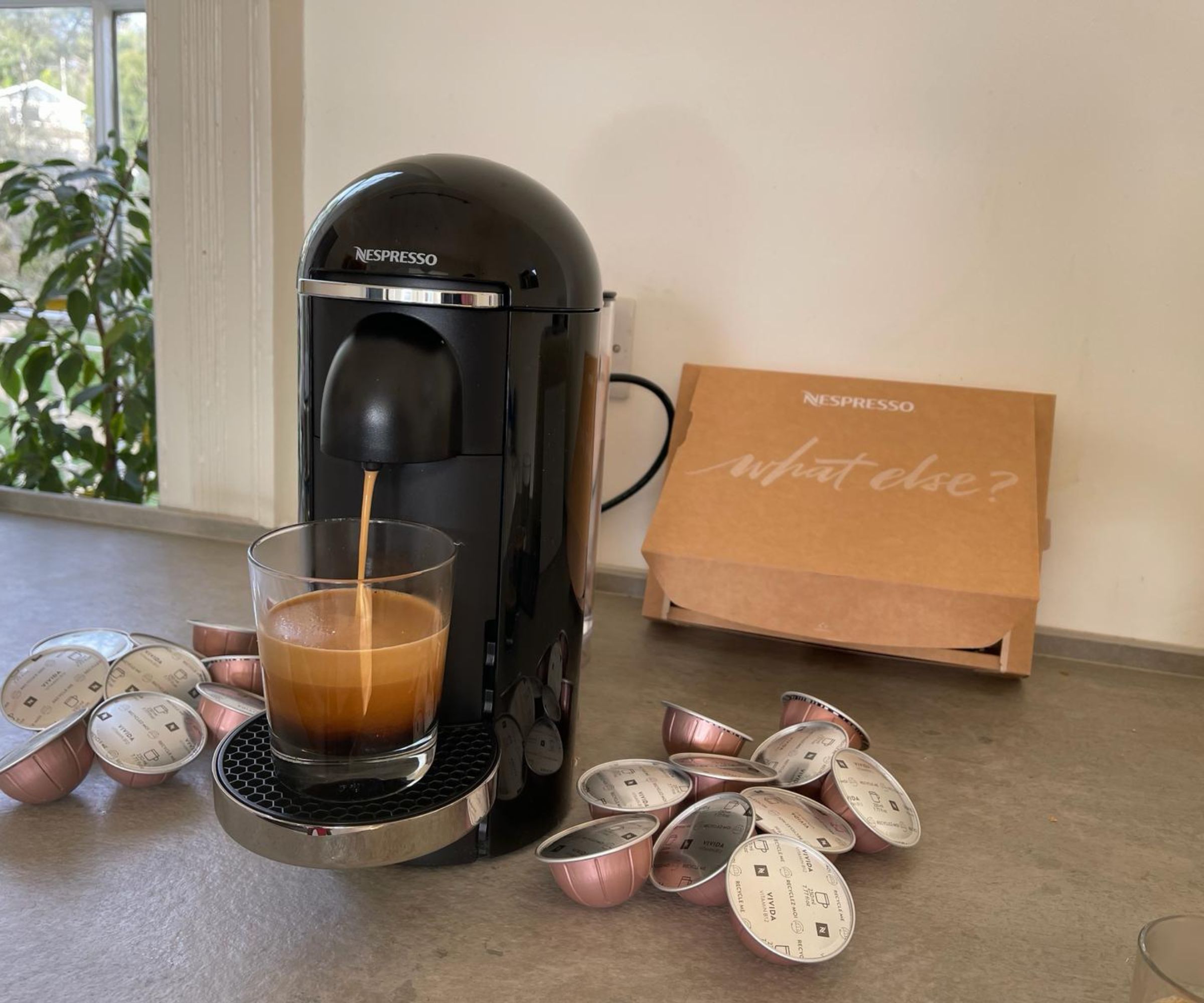
How can you tell if Nespresso pods have gone bad?
We asked Kayla Stavridis, ex-Starbucks barista and Head of Marketing at Barista HQ, what fresh coffee tastes like. She said to look for 'A rich, robust flavor: the bitterness should be pleasant, not overpowering, and it should balance well with the acidity.' If it doesn't taste quite right, your coffee is likely to have gone a little stale.
Design expertise in your inbox – from inspiring decorating ideas and beautiful celebrity homes to practical gardening advice and shopping round-ups.
If there's a funny, metallic taste in your coffee cup, you may also need to check whether your Nespresso machine needs descaling. We've put together some easy tips on how to descale you Nespresso machine, so your homebrew will be delicious again, soon enough.
The best Nespresso machines 2024
If you've been inspired to refresh your entire Nespresso collection, from capsule to coffee maker, here's our expert-tested selection of the best Nespresso makers on the market.
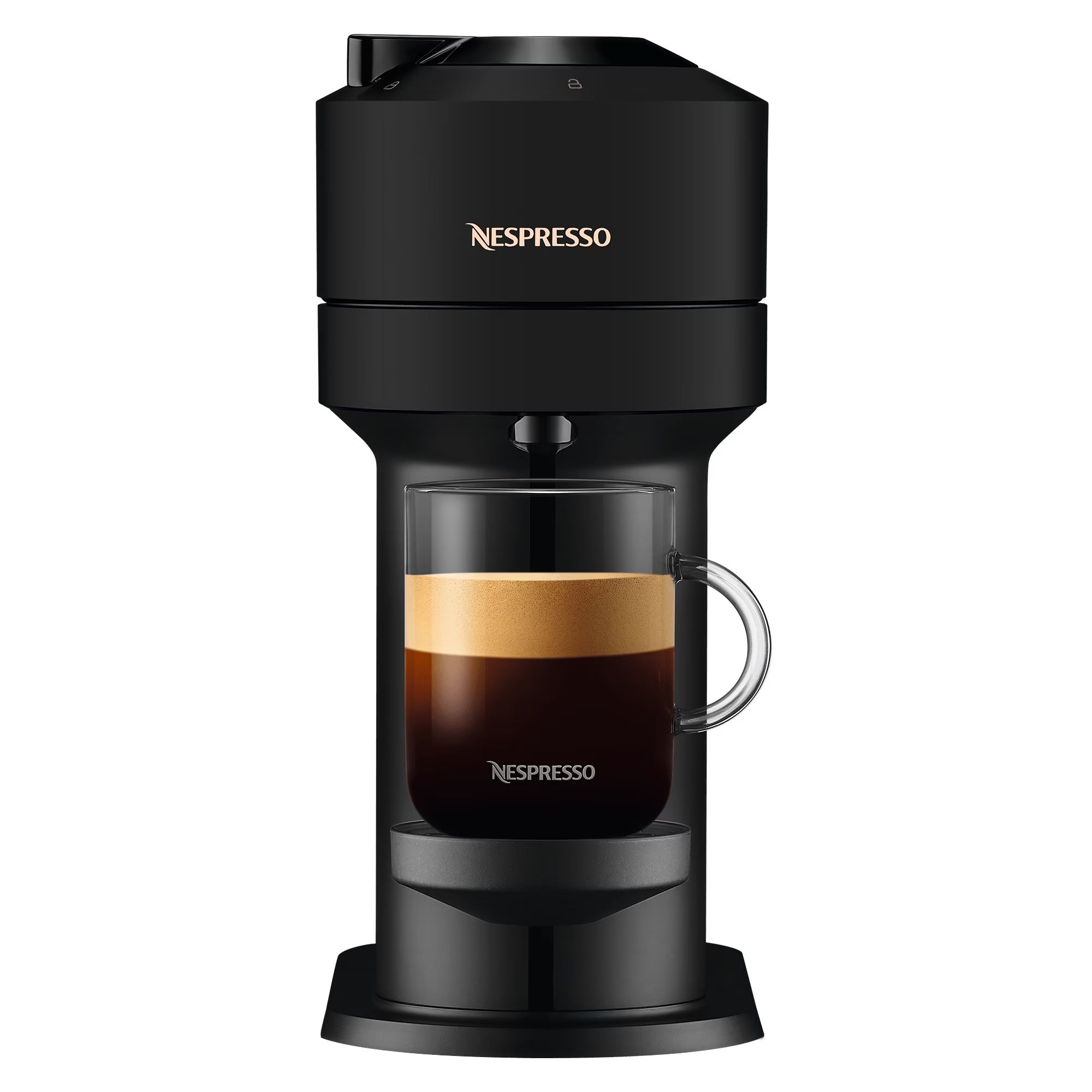
The best overall
This really is a one-button-does-all machine. It brews quick and delicious coffee, whilst looking sleek on the countertop. It's the best all-round, but not an expert at anything.
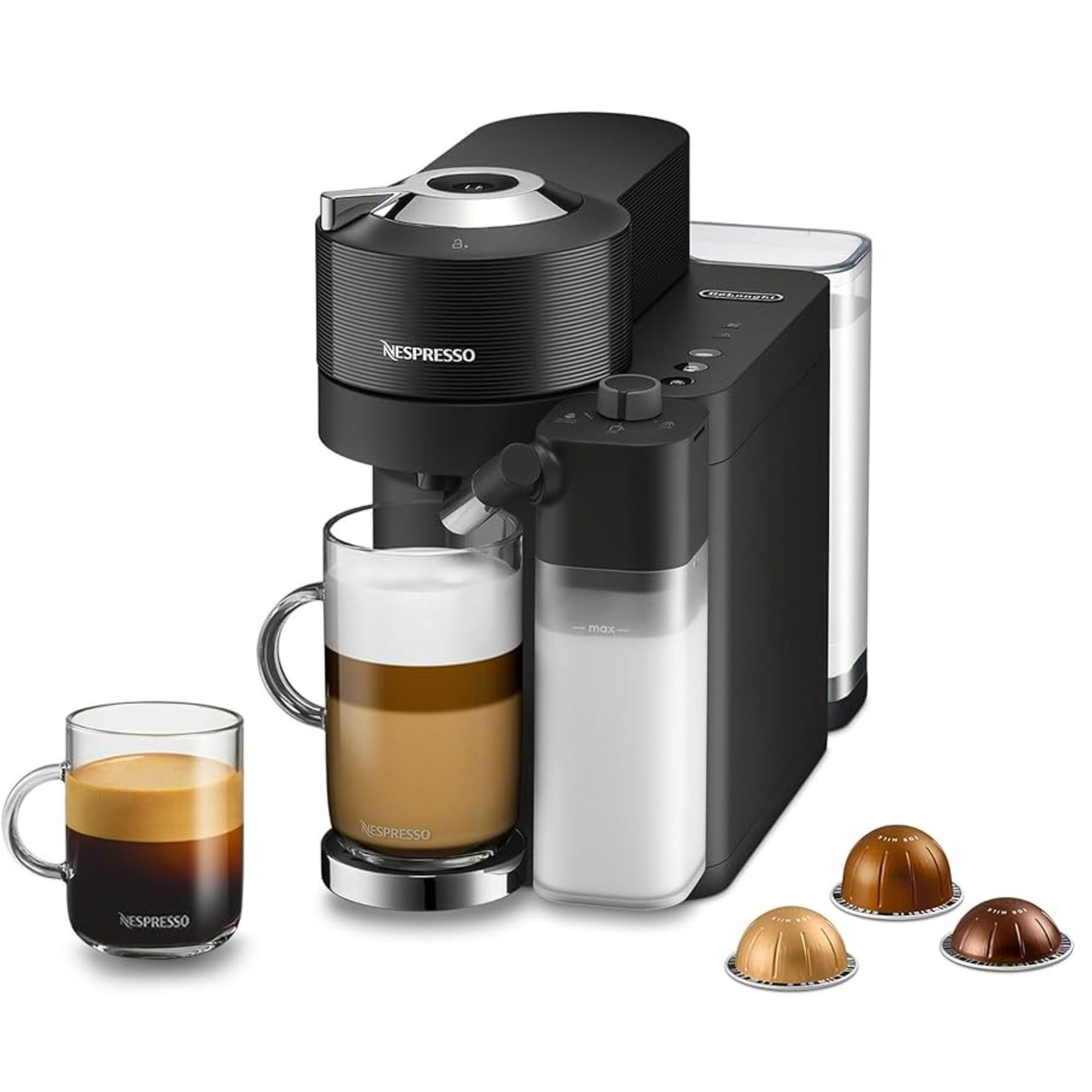
The best for lattes
If you love a latte or cappuccino over simpler coffee, the smart milk frothing function will feel like you have a live-in barista. I just wish the milk frother could froth independently (for hot chocolates and chais).
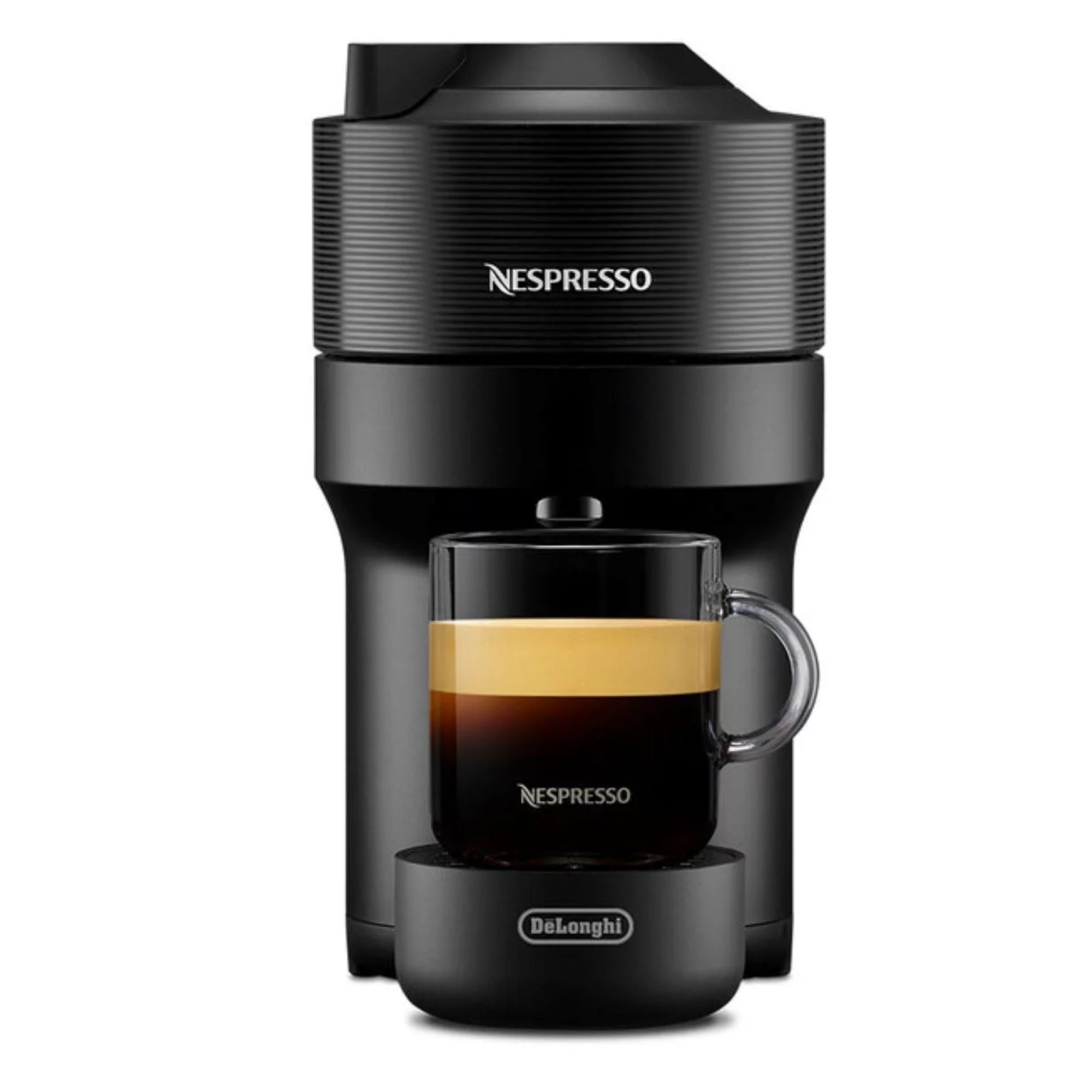
The most compact
You won't find a pod machine closer to pocket-sized than the Pop+. It's tiny, speedy, and delivers delicious coffee. The limiting factor, is, of course, capacity: it has a tiny water tank.
FAQS
Are Nespresso pods recyclable?
Nespresso's Vertuo capsules are made with aluminum, which is more easily recycled than plastic, but it takes a little effort. You have to remember to bag up all your old capsules outside of your main trash and recycling and either drop them off at a collection point, drop them off at a Nespresso Boutique, or hand them to your mail carrier when they drop off your Vertuo pods. If not, the pods will take hundreds of years to biodegrade.
Where can I buy Nespresso pods?
You can buy Nespresso pods from the official Nespresso website or in-person at the Nespresso boutiques. Online retailers like Amazon also offer a wide selection of Nespresso capsules, with discounts and speedy delivery for Prime members. You can also peruse the options at Target and Walmart.
How to use Nespresso pods?
We asked an expert Nespresso chef how to use a Nespresso machine, and he gave us a detailed guide. When it comes to using the pods, you don't need to do anything more than select which capsule you want, pop it in the pod slot, and close the lid.
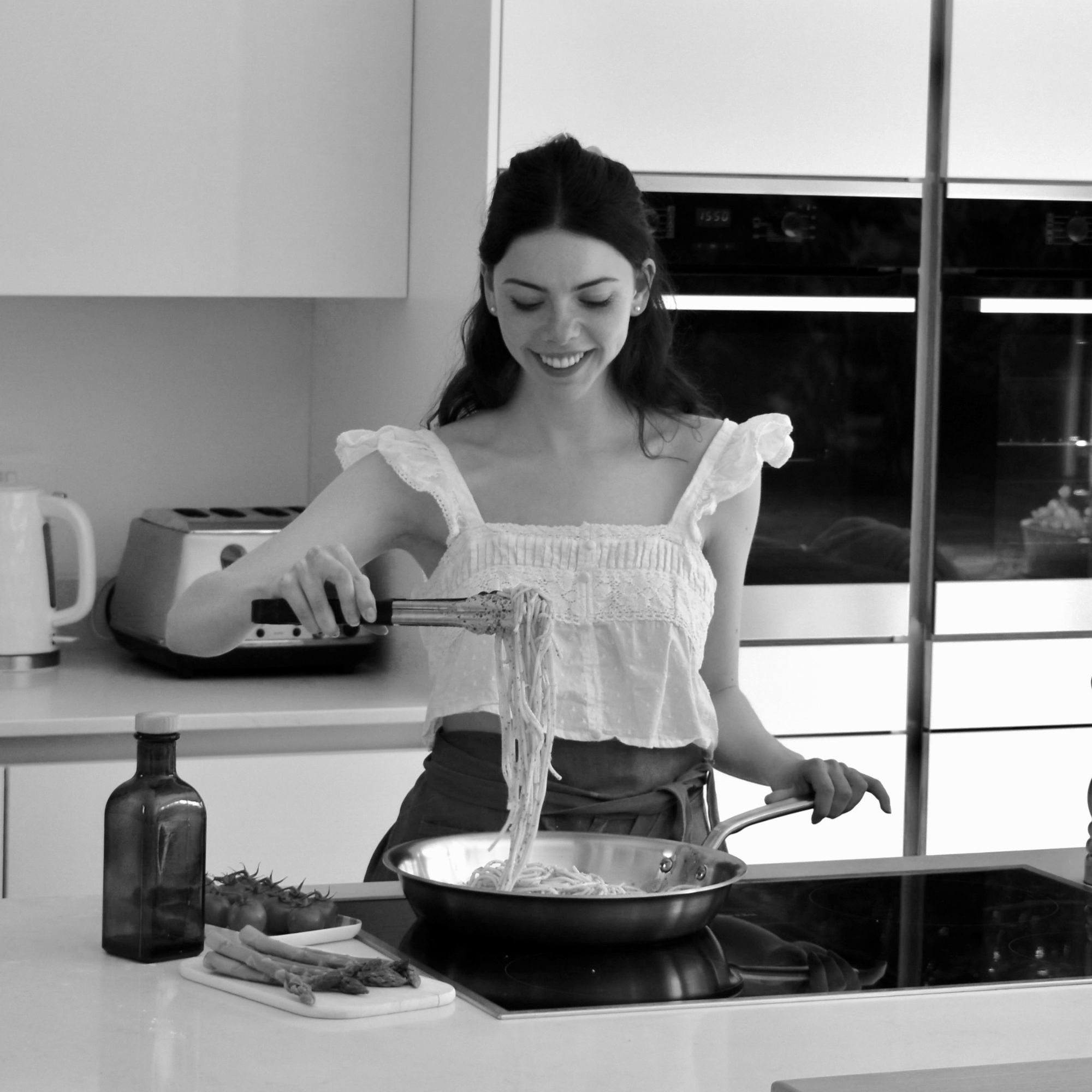
Lydia is the Kitchen Appliances Editor for Homes & Gardens, testing everything from air fryers and mixers to juicers and coffee machines. She trained in Culinary Arts at Leiths School of Food & Wine and previously served as the Recipe Editor for Mindful Chef.